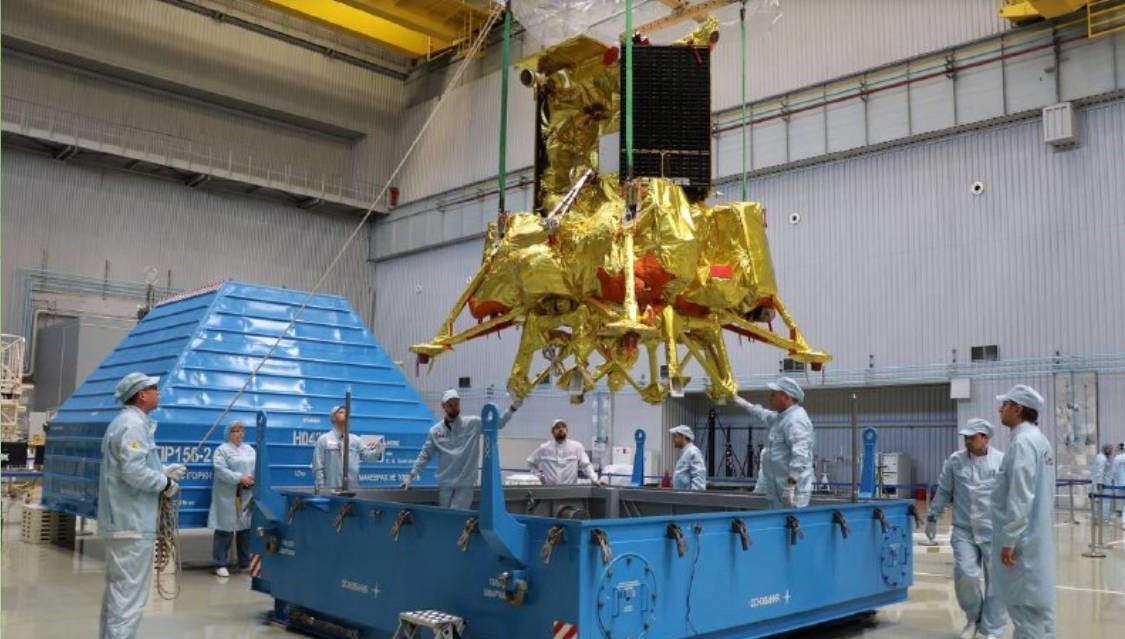Russia is to launch its first lunar landing spacecraft, Luna-25, on August 11, marking a significant step in its renewed lunar exploration efforts. This mission follows closely after India’s Chandrayaan-3 lunar lander launch, reflecting a global interest in exploring the moon’s south pole, potentially rich in resources like ice for future human habitation.
Luna-25 Mission Overview
- Luna-25, launching from the Vostochny cosmodrome, aims to explore the moon’s south pole region, believed to hold substantial ice deposits.
- Despite the proximity in timing, Roscosmos assures no interference between Luna-25 and Chandrayaan-3 missions due to different landing areas.
- The spacecraft, weighing 1.8 tons and carrying 31 kg of scientific equipment, will orbit the moon for five to seven days before descending to one of three potential landing sites near the pole.
Luna-25 Objectives and Challenges
- Luna-25’s primary task is to collect rock samples from depths of up to 15 cm, testing for the presence of frozen water, a critical resource for potential lunar bases.
- The launch was initially slated for October 2021 but faced delays, eventually rescheduled for August 11, 2023.
- The European Space Agency’s Pilot-D navigation camera, planned for testing on Luna-25, was disengaged from the project after Russia’s Ukraine invasion in February 2022.
Luna-25 Significance for Russia
- Luna-25 revives Russia’s lunar exploration program after nearly 50 years, marking a pivotal milestone in the country’s space history.
- Despite challenges and setbacks, Russia’s commitment to lunar exploration remains strong, as evidenced by the continued preparation for Luna-25’s launch.
- The mission also underscores Russia’s determination to contribute to scientific advancements and potential future lunar endeavors.
Luna Program (Soviet Union/Russia)
- Luna 2 (1959): First human-made object to reach the moon.
- Luna 9 (1966): First successful soft landing on the moon, sent back images.
- Luna 16 (1970): Successfully returned lunar soil samples to Earth.
- Luna 24 (1972): Collected and returned lunar soil samples.





 Which City is known as the City of Bambo...
Which City is known as the City of Bambo...
 Who was the First Prime Minister of Indi...
Who was the First Prime Minister of Indi...







